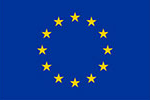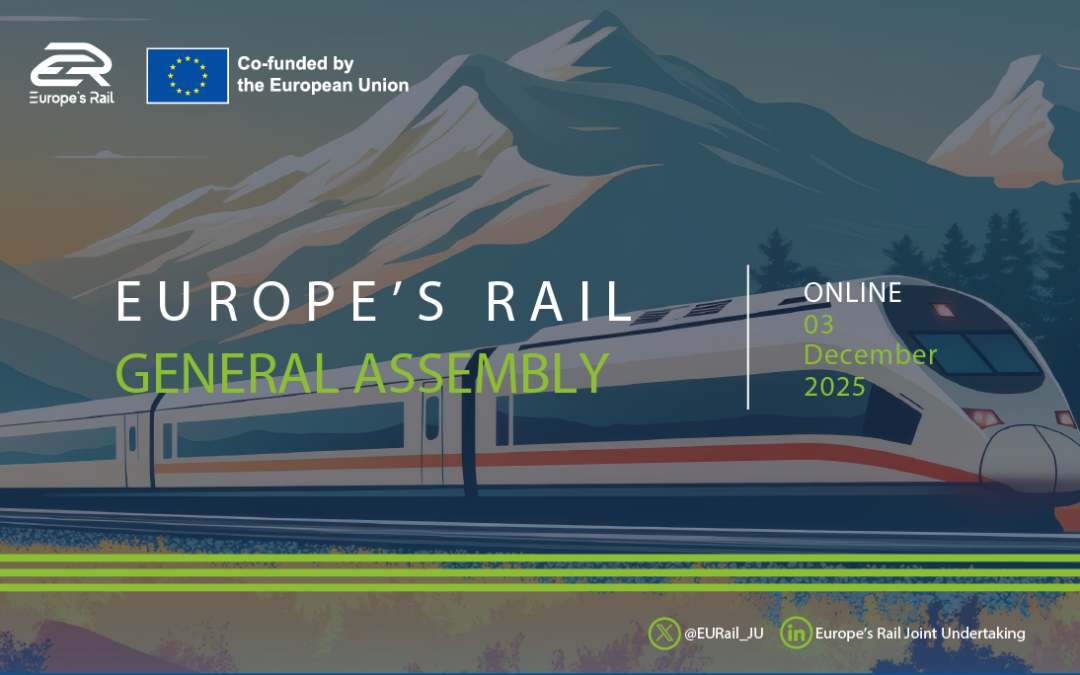Among the nine major Flagship Projects (FPs) funded by Europe’s Rail Joint Undertaking (EU-Rail), FP2-R2DATO plays a...
D19.1 Specification Report of Enablers 18-27
Output type:
This document, deliverable D19.1, belongs to Europe’s Rail FP1 MOTIONAL specification phase from Work Package (WP) 19. FP1 MOTIONAL project focuses on improving network management planning and control, as well as rail mobility management in a multimodal environment in Europe. Research and innovation activities are broken down into several areas grouping the TEs (Technical Enablers) identified in the MAWP (Multi Annual Working Plan). The present document addresses features associated with WS (Work Stream) 1.3 “Integration of rail traffic with door-to-door mobility”, namely TEs 18 to 27. Within MOTIONAL, the team in charge of this area is known as SG3 (Subgroup 3).
D19.1 (due at M12) is elaborated during the first phase of the project with the objective to provide the required inputs for the next phases, namely development and demonstration.
This document starts with a review of the TEs with a dedicated highlight on associated past innovation projects, the objective being to establish a clear baseline for the specification work. It then proposes an analysis of the system architecture inspired by AF (Architecture Framework) guidelines. This analysis starts with a view of the targeted operational objectives of the system in the form of a set of use cases associated with TEs. It moves next to a general description of how the system should implement these operational objectives through the elaboration of system functional analysis consisting in the definition of high-level capabilities and requirements. The following step, logical architecture, aims at identifying the logical components of the system, their interactions in the perspective of the implementation of use cases and the interfaces and standards in scope when applicable. D19.1 ends with the transition towards the next phases of the project with the definition of the planned work for development and demonstration phases.
















